Uganda
Without its fruits, banana plants are almost useless to the average farmer, even an inconvenience, as they must sometimes be uprooted.
But can these discarded stems somehow be returned to life?
Yes, according to a Ugandan startup, that's buying banana stems in a business that turns fibres into biodegradable handicrafts.
It's a fresh idea in this East African country that’s literally a banana republic.
Uganda has the highest banana consumption rate in the world and is Africa’s top producer.
In rural areas, bananas can contribute up to 25 percent of the daily calorie intake, according to figures from the U.N. Food and Agriculture Organization.
In Uganda, the consumption of bananas is in many ways embedded in local customs and tradition. For many, a meal is incomplete without a serving of matooke.
To harvest the crop, the stem must be decapitated, they're often left to rot in open fields.
But local startup TEXFAD, which describes itself as a waste management group, is now taking advantage of this abundance of rotting stems to extract banana fibre that's then turned into items such as hair extensions.
John Baptist Okello, TEXFAD’s business manager, says it makes sense in a country where farmers “are struggling a lot” and have tonnes of banana-related waste.
The company, which collaborates with seven different farmers' groups in western Uganda, pays $2.7 (USD) per-kilogram of dried fibre.
TEXFAD also takes material from third party, Tupande Holdings Ltd., whose trucks deliver banana stems from central Uganda farmers.
Tupande's workers sort through stems, looking for desirable ones. Machines then turn the fibre into tiny threads.
“Our contribution in the value chain is that we put extra income in the hands of the farmer, we turn this waste into something valuable that we sell to our partners who also make things that they can sell," explains Tupande team leader Aggrey Muganga.
"We are doing this to create extra income, to create employment for ourselves, and to contribute to the industrialization of Uganda and betterment of the lives of Ugandans.”
Tupande Holdings Ltd. deals with more than 60 farmers that supply the raw material.
That number is only a small fraction of what’s available in a country where more than a million hectares are planted with bananas.
Banana production has been rising steadily over the years, growing from 6.5 metric tonnes in 2018 to 8.3 metric tonnes in 2019, according to figures from the Uganda Bureau of Statistics.
At a plant in a village just outside Ugandan capital Kampala, TEXFAD employs more than 30 people who use their hands to make items from banana fibres.
The company exports its rug and lampshade products to Europe.
Such items are possible because “banana fibre can be softened to the level of cotton,” explains Okello.
Working with researchers, TEXFAD is also experimenting on possible fabrics from banana fibres.
The company is also designing hair extension products it believes could help rid the market of synthetic products.
All products by TEXFAD are biodegradable, says Faith Kabahuma from the company's banana hair development programme.
She says the company's hair extensions will soon be on the market.
“The problem with synthetic fibres, they do so much clogging, like everywhere you go, even if you go to dig in the gardens right now, you would find synthetic fibres around, so it's not environmentally-friendly," says Kabahuma.




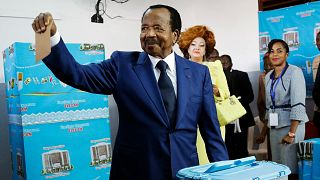
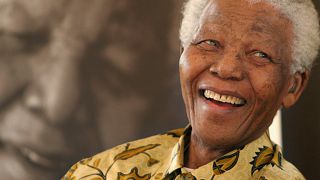

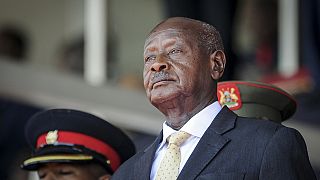
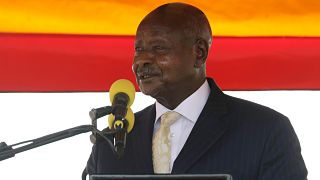
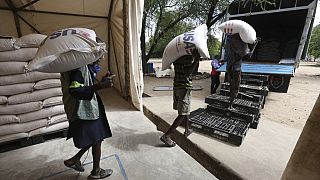

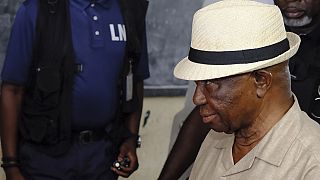
01:00
Pix of the Day: July 16, 2025
01:17
UNESCO inscribes 26 new sites on World Heritage list
02:11
Witchcraft and politics: Uganda’s election season sparks supernatural surge
01:26
Brazil elephant sanctuary welcomes its newest resident, rescued from a zoo in Argentina
01:13
Uganda reopens border with M23-held eastern DRC
02:05
In Zimbabwe, metal scrap collecting is reducing environmental pollution